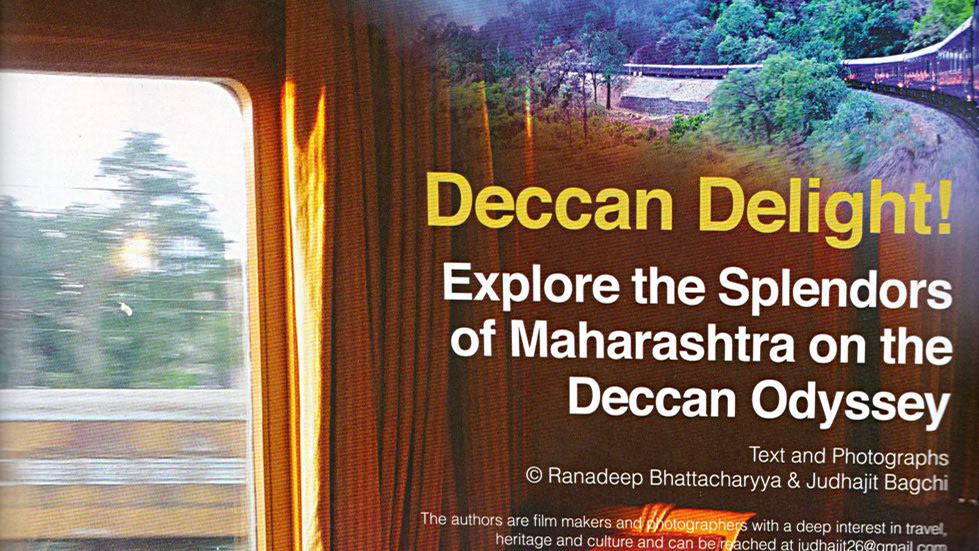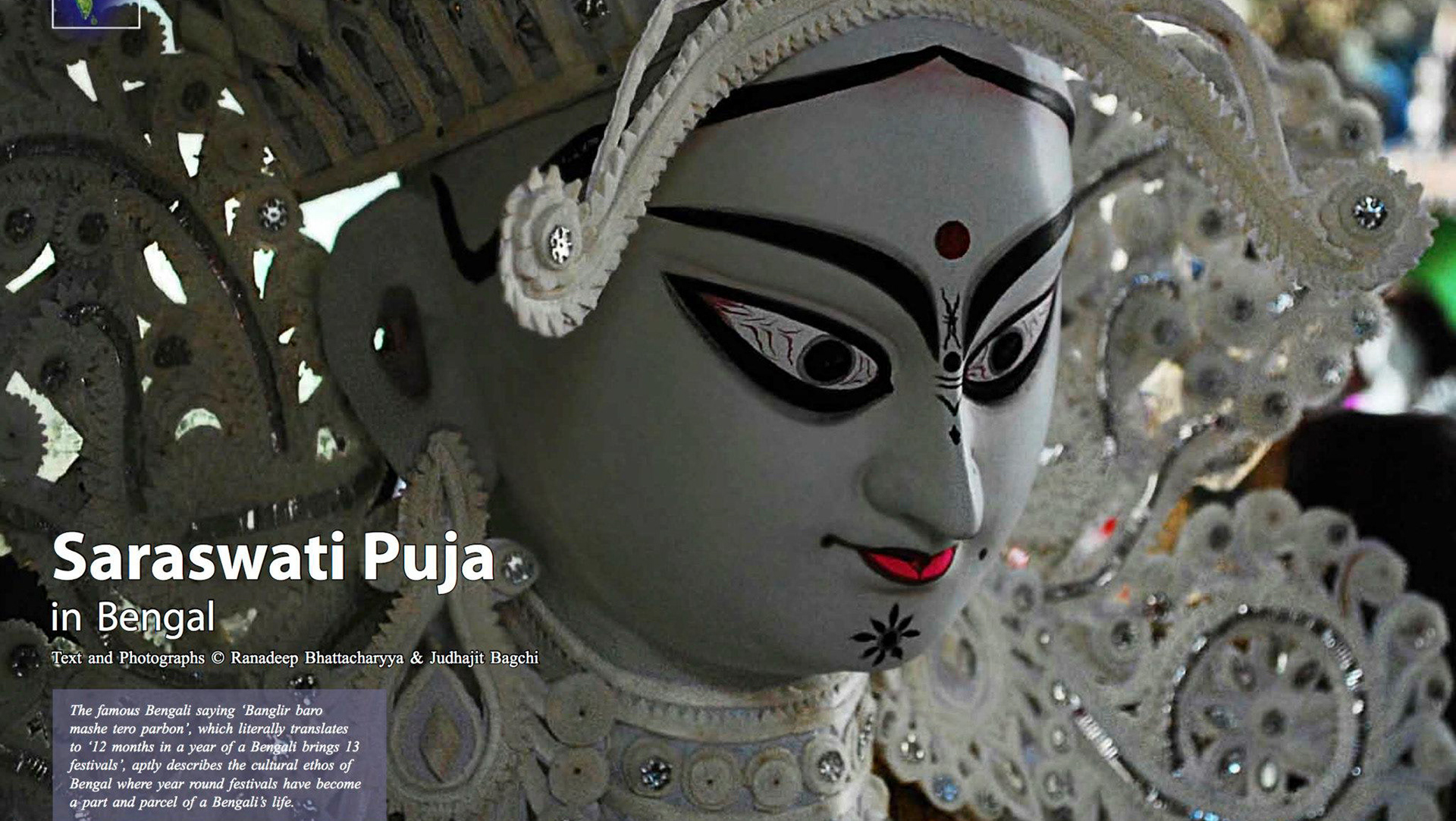Tant Sarees: Bengal's Timeless Legacy
Article & Photography by Judhajit Bagchi & Ranadeep Bhattacharyya
Yaannus Atelier
The delicate weave of Bengal's Tant sarees stands as a testament to a rich heritage. Originating from ancient Bengal, the art of crafting these sarees has been passed down generations. Hand-woven with precision, Tant sarees are distinguished by their airy fabric and intricate motifs. Often adorned with floral and paisley designs, these sarees are a symbol of Bengal's age-old textile tradition. Though modernity threatens many ancient arts, the legacy of Tant sarees persists, thanks to the artisans who painstakingly keep this tradition alive. Embodying elegance and history, they remain an integral part of Bengal's cultural fabric.
Tant Sarees: The Woven Chronicle of Bengal's Heritage
For the discerning observer, the very fabric of a region's culture can often be traced in its textiles. Few stand as radiant examples of this as the Tant sarees of Bengal, woven threads steeped in history and tradition, representing the very essence of Bengal's rich textile legacy.
The art of crafting Tant sarees has ancient roots. Historical records and folklore suggest that the tradition of weaving these sarees dates back to the Maurya and Gupta periods. Over time, Bengal, with its favorable climate for cotton cultivation, emerged as the hub of cotton textile production in India.
The Mughal era saw an influx of various art forms, and weaving was no exception. With the patronage of Mughal emperors, weavers of Bengal received impetus, and the art of Tant saree weaving found a golden epoch. As towns like Dhaka, Murshidabad, and Nadia flourished, so did the intricacies and varieties of Tant.
Tant sarees are unique, not just for their historical significance, but for their distinctive characteristics. Crafted predominantly from cotton, these sarees are hand-woven with a finesse that makes them both comfortable and suitable for the humid climate of Bengal.
The hallmark of a Tant saree lies in its border, known as ‘par,’ and the decorative pallav. These sections often showcase intricate motifs inspired by life in Bengal – from the delicate paisleys, evocative of the region's flora, to depictions of mythological tales. The motifs often bear testimony to the influence of various eras – the Mughal, the British, and the pre-colonial.
While the Tant saree has ancient roots, it has not been immune to the winds of change. Over the centuries, the designs, motifs, and even the weaving techniques have evolved, reflecting the socio-political influences of each era. For instance, during the British Raj, as machine-made textiles flooded the Indian market, the traditional hand-woven industry faced a downturn. However, instead of fading away, the Tant sarees adapted. The motifs began to incorporate more colonial symbols, and the weavers even adjusted their techniques to suit contemporary tastes. This resilience ensured that Tant sarees remained relevant, embodying the spirit of Bengal itself.
In the modern age, one would assume traditional arts like Tant weaving might diminish. Yet, this art form has held its own, thanks to the undying spirit of the artisans and the connoisseurs who appreciate the value of heritage.
Several initiatives have been taken to preserve this age-old tradition. The West Bengal government, recognizing the cultural and economic significance, has established Tantuja, an organization dedicated to promoting Tant sarees. Through such efforts, artisans receive a platform to showcase their creations, ensuring their skills provide a sustainable livelihood.
Moreover, many non-governmental organizations and private entities have come forward to train the younger generation in this craft. The focus is not just on preserving the traditional methods but also on innovating and adapting to contemporary styles without losing the essence.
For many, wearing a Tant saree is not merely a fashion statement but a tribute to an enduring legacy. It's an embrace of history, art, and craftsmanship. When draped in a Tant, one isn't just adorned in a piece of cloth but in stories, aspirations, and the sweat and dedication of countless weavers.
Today, as Tant sarees make their way into global fashion shows and international markets, they serve as ambassadors of Bengal's rich heritage. They remind the world of the timeless nature of art and the unbreakable spirit of the artisans who bring it to life.
The journey of Tant sarees, from the ancient looms of Bengal to the global stage, is a testament to the enduring allure of tradition. As a heritage researcher, every fold and weave of the Tant speaks volumes, narrating tales of eras gone by and promising a legacy that will continue to flourish. As we embrace the future, it becomes imperative to cherish and protect such art forms, for they are the threads that weave the fabric of our collective history.










